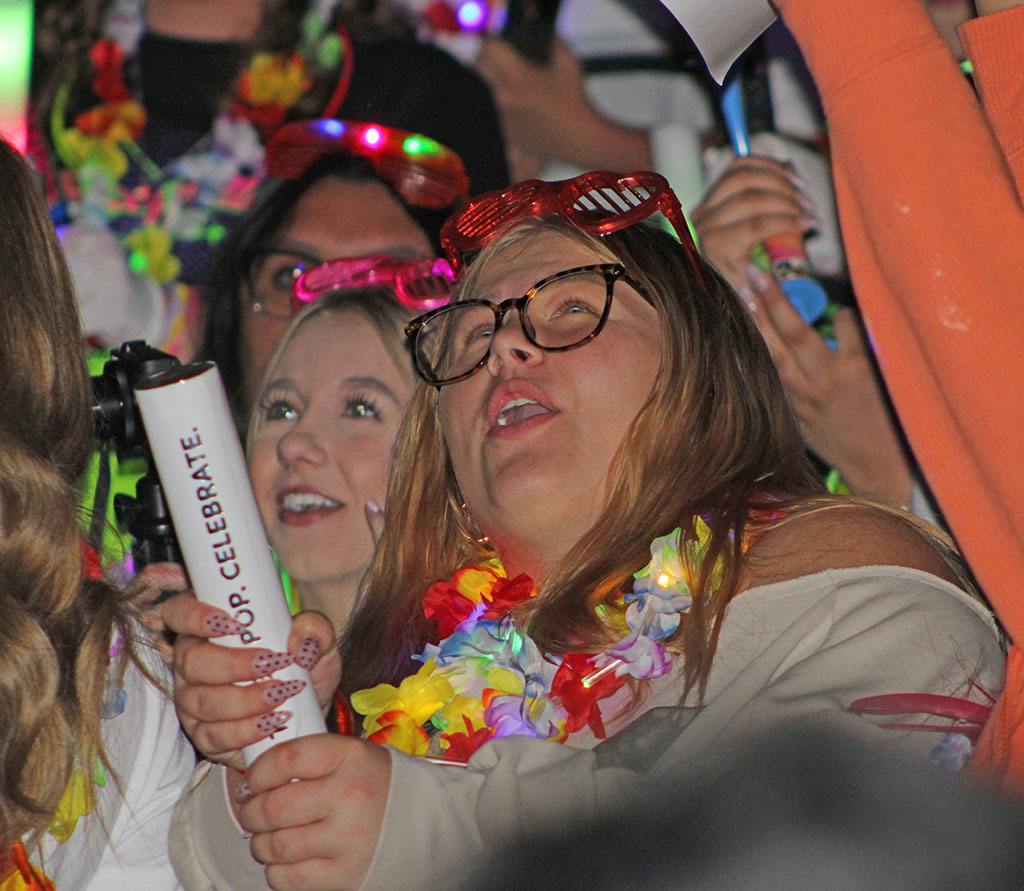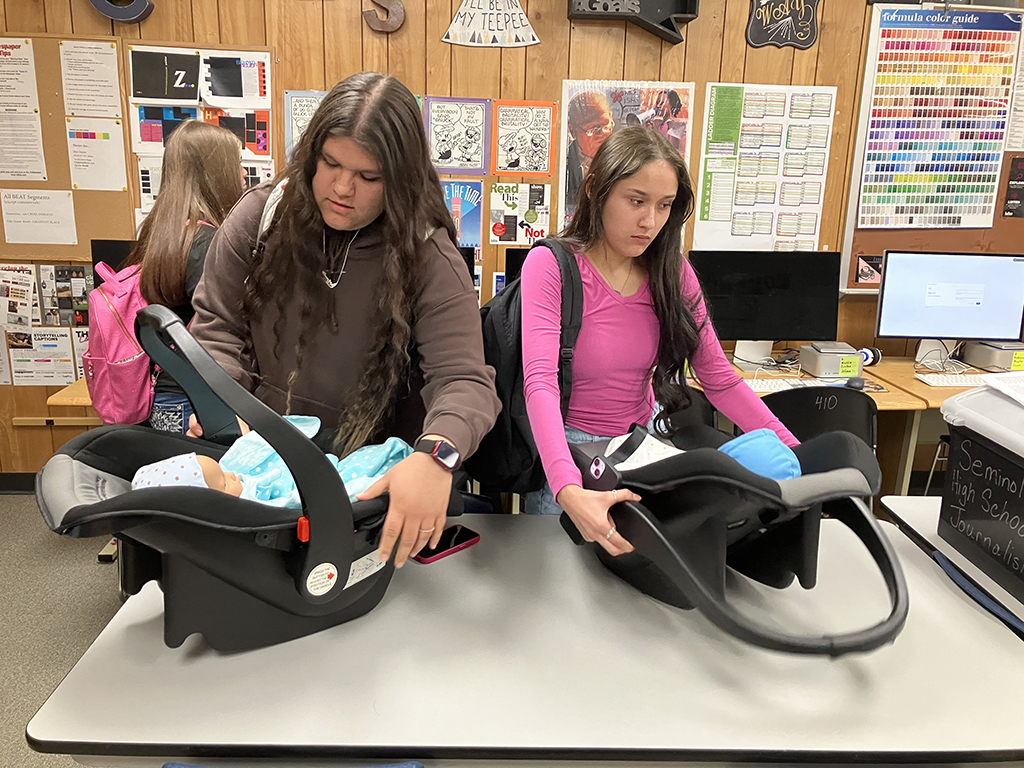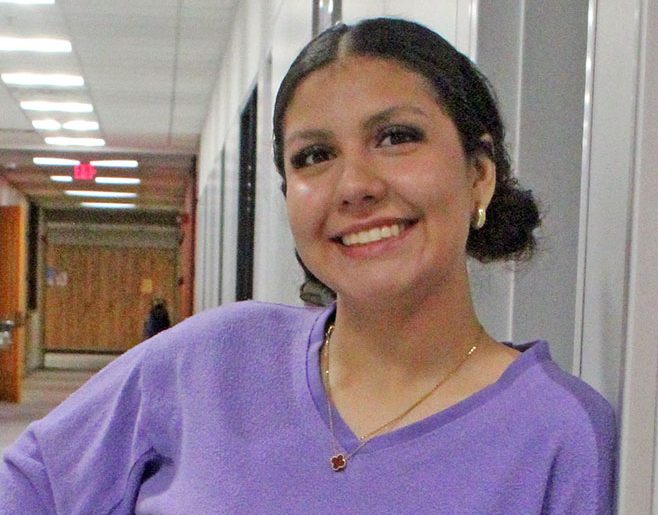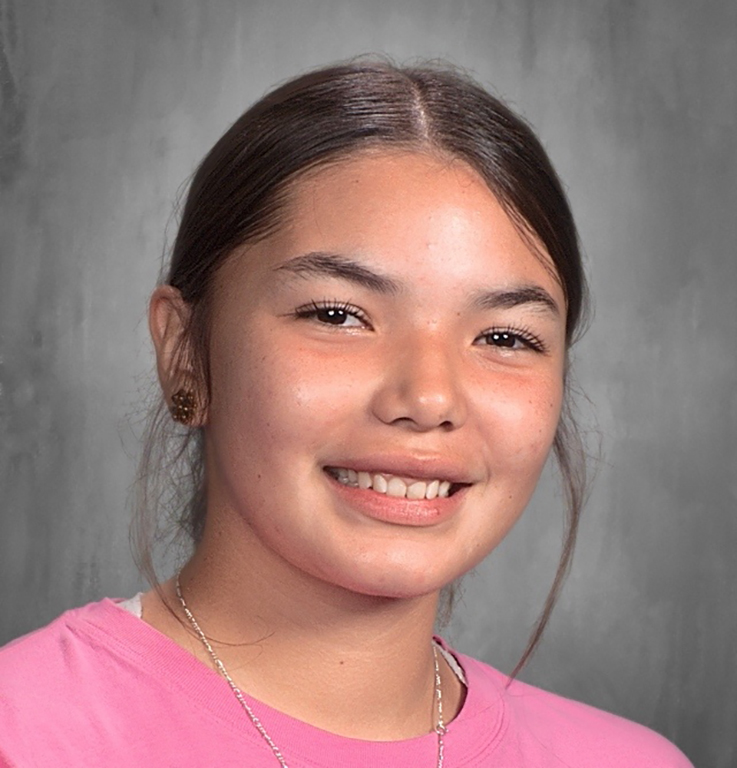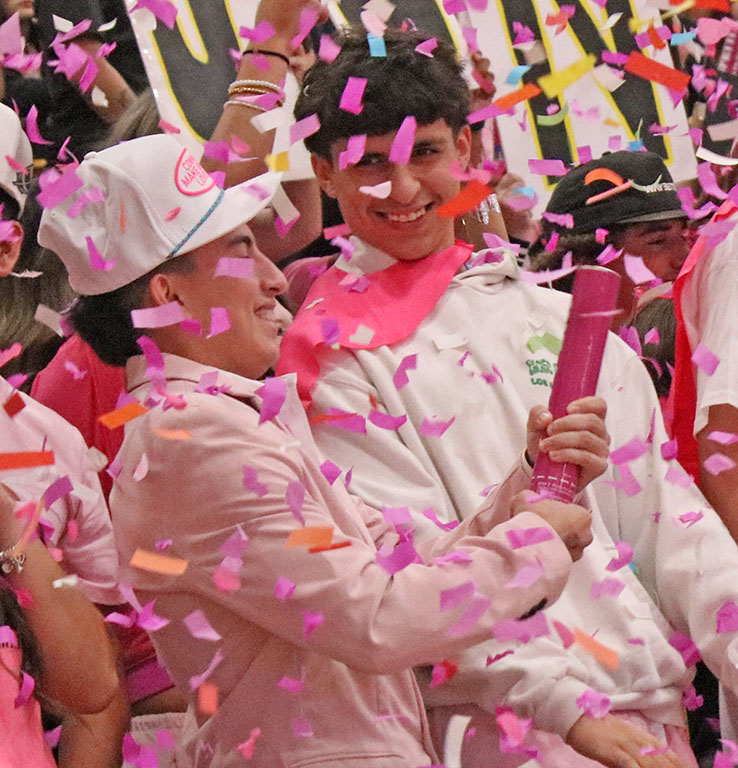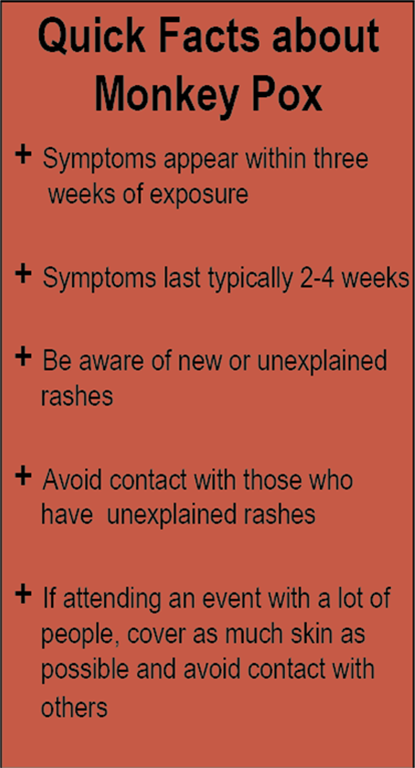Newest health threat growing as numbers rise in U.S.
With more than 26,300 cases of monkey pox in the United States and over 2,600 cases in Texas, it is becoming increasingly important to understand what the disease really is and how it spreads.
While the origins of the disease are unknown, it was first found in monkeys that were being used for research in 1958. However, the first human case wasn’t reported until 12 years later, in 1970.
Before the virus’s recent outbreak, it was mostly seen in African countries and in people who traveled through countries with a multitude of cases.
Monkeypox symptoms can appear within three weeks of exposure and typically last two to four weeks. The most common symptoms include: rashes on hands, feet, chest, face, mouth or genitals, fever, chills, swollen lymph nodes, exhaustion, muscle, head and backaches, and respiratory problems.
There is no treatment specific to monkeypox, but vaccines and antibiotics used for smallpox work to treat the disease. This is because both viruses are in the same family of viruses, poxvirus. JYNNEOS is the current vaccine used to protect against monkeypox. The vaccine is taken in two doses and takes 14 days after the second dose to reach maximum strength. An alternative to JYNNEOS is ACAM2000. Even though this vaccine is only a single dose, it takes about four weeks to reach maximum strength. ACAM2000 is more likely to cause side effects compared to JYNNEOS. While vaccines and medical treatments are important, most people can fully recover in two to four weeks without any medication.
Monkeypox spreads through contact. Close and skin-to-skin contact with an infected person are the most common way the virus is spread. Contact with or the eating of an infected animal or animal products also spreads the disease. Being scratched or bitten by an inflected animal also gives humans monkeypox.
There are many ways to keep oneself safe and prevent getting infected with monkeypox. The best prevention method is to avoid skin-to-skin contact with anyone who is or might be infected. Other ways to protect against the virus is to avoid touching any object or surface that an infected person has had contact with and any sick or dead animals that could be infected. The ultimate prevention is to wash hands with soap and water or use hand sanitizer often throughout the day.
Those at risk for contracting monkeypox are those in contact with or exposed to an infected person, non-monogamous people in high case areas, and people exposed to ortho poxviruses, including laboratory testers, laboratory workers who handle cultures or animals with ortho poxviruses, and select healthcare or public health workers.
Even if a person is not on the list of people at risk, there are many ways to lower one’s risk of getting monkeypox. The first is to be aware of any new or unexplained rashes and avoid contact with anyone who has an unexplained rash. Another way is to avoid physical contact and gathering where physical contact is frequent. However, if one is at an event with recurring close contact, try to cover as much skin as possible and minimize contact with others.
All information was sourced from Center for Disease Control and more detailed information can be found on the Center for Disease Control website.





